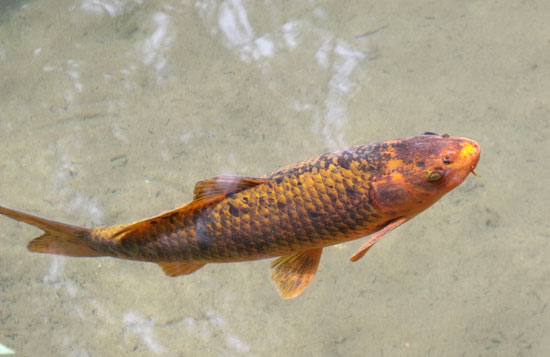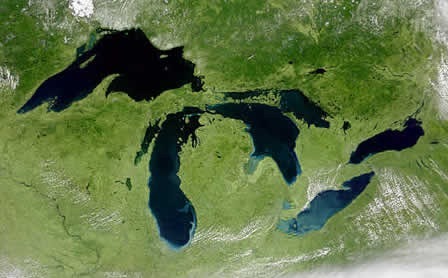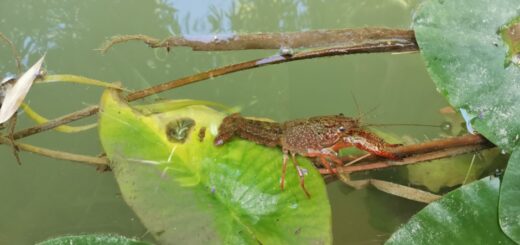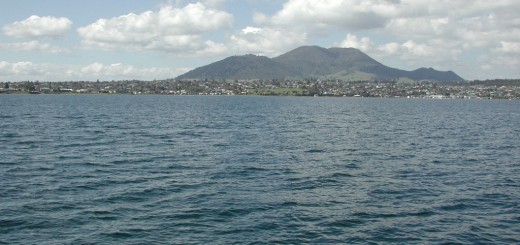New Zealand scientists hope eliminating koi will revive lakes
0
Koi carp
University of Waikato analysts have developed a solution to rescue New Zealand lakes from invasive koi fish. By placing a barrier in the Waikato River, the researchers have guaranteed that pest’s typical round trip becomes one way. The idea evolved from studying the koi’s interest in self-preservation and may help in eliminating koi from the lakes.
“If fish are moving between lakes, they will do it when conditions are poor,” said Dr. Adam Daniel, a Waikato analyst, to the Sunday Star Times.
The barrier method was initially tested in 2010 at Lake Waikare and proved successful, snaring more than 700 koi in less than three days. The scientists are confident removing the aquatic pests will ensure water quality will be rectified and farmers won’t lose money.
“The success of the experimental trap is very encouraging,” said Dr. Bruno David, Environment Waikato freshwater researcher, in a press release. David also said the findings would probably result in a permanent barrier for the river.
The barrier was installed the first week of May in Lake Ohinewai in an effort to reverse the damage done to the lake. It is afflicted with algal blooms and a thriving koi population. The placement of the barrier at Lake Ohinewai is ideal because it has multiple inlets, but only one outlet.
“It’s a real simple system really,” Dr. Daniel said. “These metal ‘fingers’ hang in the water and are weighted so the koi can push through, but they only open one way so once the carp have pushed through they’re locked out of the lake.”
While the barrier limits the koi movement, native fish are able to pass through with ease.
Koi are exceptionally fertile, as females can produce 700,000 eggs annually, according to the New Zealand Department of Conservation. Additionally, the koi’s eating habits cause destruction to lakes and their inhabitants. The koi are omnivores that inhale their food and expel what they don’t want, polluting the water. They are voracious eaters, consuming the food sources for native fish and aquatic birds. As a result, aquatic plants are uprooted and unable to reconnect with the soil.
The koi, established since the ‘80s, are believed to have originated in private ponds, but entered larger bodies of water due to severe flooding.
Koi Carp Facts: New Zealand animal pests and threats [New Zealand Department of Conservation] Koi Carp Trap Trial Successful at Lake Waikare [Scoop: Independent News] Killing koi could be key to saving lake [Scoop: Independent News] Cat-door for carp hits fish invaders [Sunday Star Times]
Image Credit: http://www.flickr.com/photos/ell-r-brown/4848724307/













